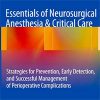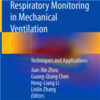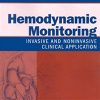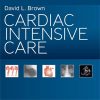Expiratory Flow Limitation During Mechanical Ventilation
journal.chestnet.orgExpiratory flow limitation (EFL) is present when the flow cannot rise despite an increase in the expiratory driving pressure. The mechanisms of EFL are debated but are believed to be related to the collapsibility of small airways.
In patients who are mechanically ventilated, EFL can exist during tidal ventilation, representing an extreme situation in which lung volume cannot decrease, regardless of the expiratory driving forces.
It is a key factor for the generation of auto- or intrinsic positive end-expiratory pressure (PEEP) and requires specific management such as positioning and adjustment of external PEEP.
EFL can be responsible for causing dyspnea and patient-ventilator dyssynchrony, and it is influenced by the fluid status of the patient.
EFL frequently affects patients with COPD, obesity, and heart failure, as well as patients with ARDS, especially at low PEEP. EFL is, however, most often unrecognized in the clinical setting despite being associated with complications of mechanical ventilation and poor outcomes such as postoperative pulmonary complications, extubation failure, and possibly airway injury in ARDS.
Therefore, prompt recognition might help the management of patients being mechanically ventilated who have EFL and could potentially influence outcome.
EFL can be suspected by using different means, and this review summarizes the methods to specifically detect EFL during mechanical ventilation.

















